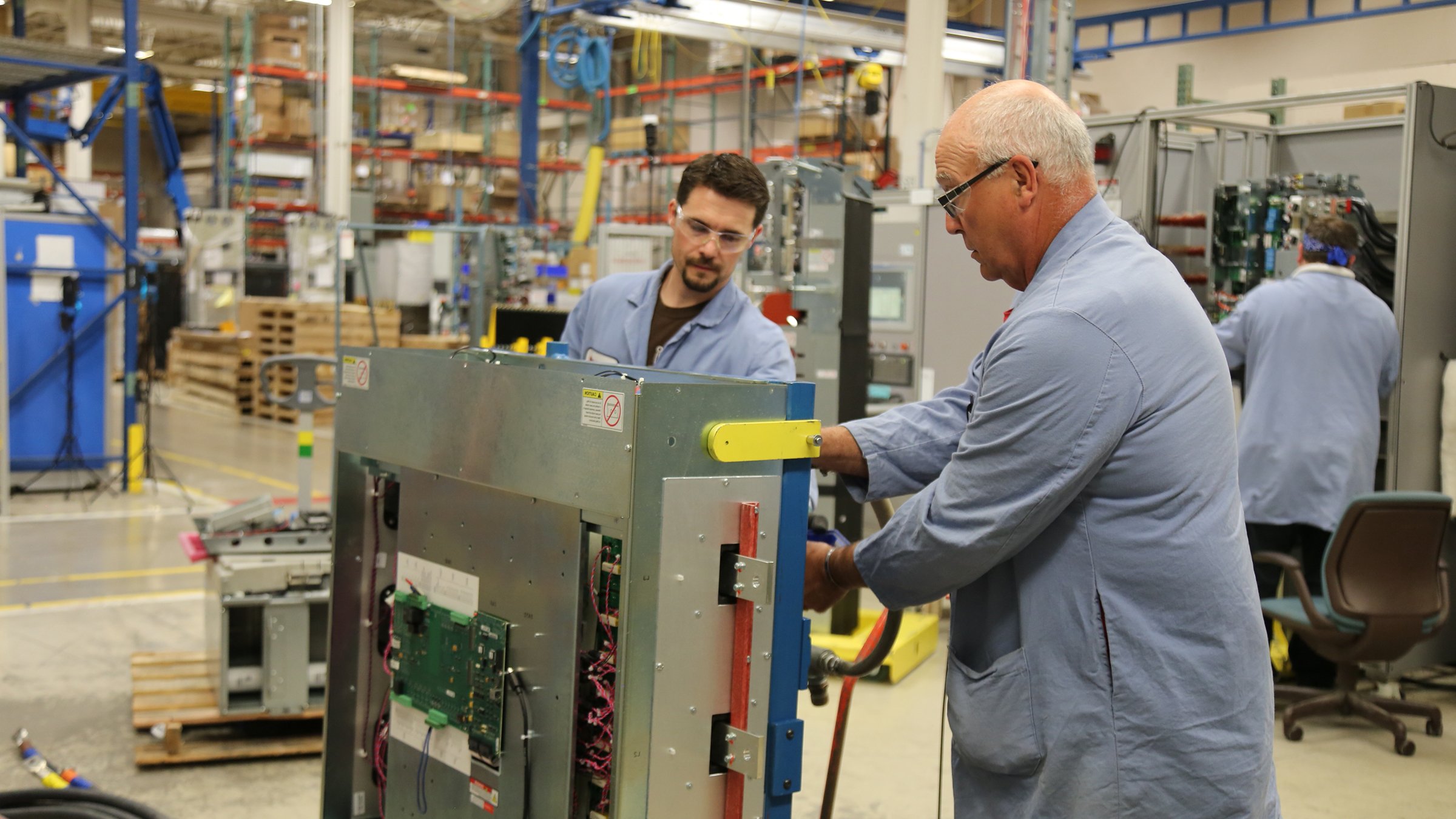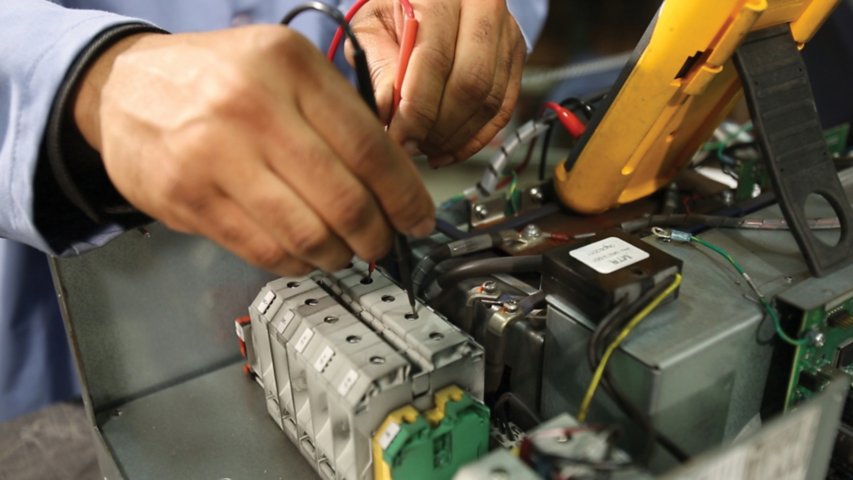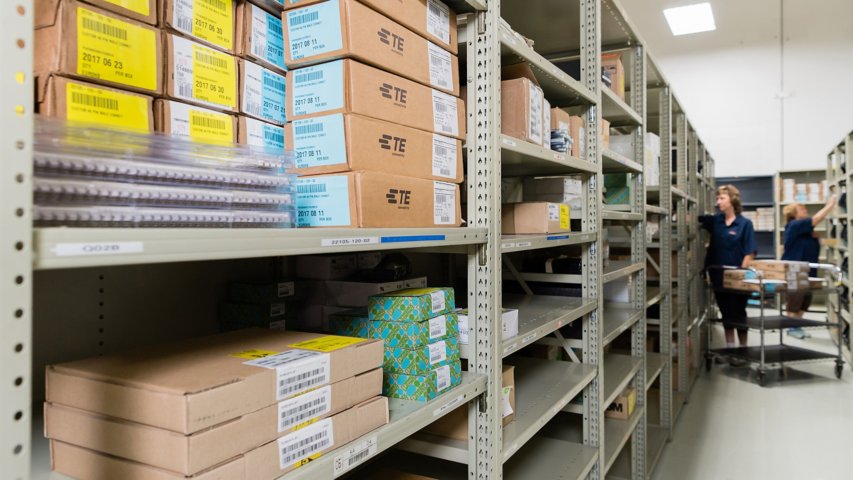Supply chain issues have put increased pressure on manufacturers to maintain, or even increase, production levels. But how can you keep operations running if you're experiencing problems with the supply chain? Challenges obtaining raw materials are one thing, but what about the industrial components you use to run your production lines? What if those parts fail and bring production to a standstill?
Fortunately, there is an easy and sustainable option: leverage remanufacturing services to repair assets to like-new condition and get your production back up and running.
Why Repair Your Assets?
Unfortunately, industrial components will eventually experience some sort of failure and buying new parts is not always an option; nor the best plan of action. Having the right spare part inventory is an important strategy to keep components in operation, however there are many other factors to consider when deciding to repair your assets:
- Calculate the cost of repairing versus buying new. It’s often a better value to fix what you have, and if you multiply the savings by the dozens of inoperative units you may have each year, that cost difference between repairing and buying new can really add up. How much could you save if you repaired all your components?
- Consider the warranty. You should always be checking if your part is still covered under a manufacturer’s warranty or extended warranty, as you could be missing out on free repairs. But also make sure you know the OEM’s remanufacturing warranty policy, which may often provide a multi-year repair warranty compared to a new part that might only include one year’s warranty. With a longer warranty period, you could be saving yourself future repair expenses.
- Check the turnaround time for procurement. With supply chain issues, could a repair service be faster than waiting for the new product backlog to be fulfilled?
- Repair might be your only (and best) option for your older, legacy components that are no longer manufactured. When modernizing to the latest products isn’t an option to support your existing production lines, or you don’t have the opportunity to buy new because you’re using legacy products, you’re better off getting a quality remanufacturing service from the OEM. It can be risky to use gray market inventory that may not be certified, or have up-to-date software/firmware.
- Consider your company’s sustainability goals as repair and remanufacturing enables the circular economy. It is estimated by the International Resource Panel that remanufacturing saves, on average, 85% of energy, water and material use compared to a newly manufactured product. With increased pressure to produce less waste, repairing your components not only prolongs the life of your assets, but may also help your company achieve its sustainability goals by keeping waste out of landfills, reducing carbon emission, saving money and overall enabling the circular economy.
When you do choose to repair, make sure you’re working with a quality repair and/or remanufacturing vendor. The asset should come back fixed and ready to be put into production. A quality vendor will stand behind their services, use genuine components, and will proactively replace marginal or aged components. They will also test the unit just like you would a new product.
The Importance of a Repair Strategy
While you can certainly send out parts for repair as they break, you’d be missing out on the benefits of having a strategy in place, as opposed to processing single transactions. To reduce your overall maintenance costs, minimize your efforts, and maximize production uptime, consider these steps to formalize an overall maintenance strategy:
- Know what is repairable. You’re unlikely to send out a part for repair if you are unaware of the part’s repairability. What will trigger your storeroom team to consider a repair service instead of scrapping? Can you label your repairable parts? Should you leverage your CMMS or other system’s tools to indicate what parts are repairable and which vendors to use?
- Understand where you have an opportunity to repair more. Evaluate what percentage of repairable units in your facility you currently repair, how many more you could repair, and what the MRO savings would be if you maximized your repairs.
- Take advantage of warranties. Nearly every asset comes with a manufacturer warranty and some of your parts may be covered by in-service or repair warranties as well. Do you have the means to track which assets are still under warranty so you aren’t spending unnecessarily on repairs? Also, for high-value or production-critical assets, would you benefit from an extended warranty to help protect your investment?
- Enlist the right partnerships to support repairs. Evaluate your current repair vendors, product manufacturers, and other options. Who’s capable of repair services? Also, look beyond the price and make sure you’re considering the quality of the repair, the repair warranties each vendor offers, and added benefits. Often, repairing with the original manufacturer can include additional value such as firmware updates, testing, and better long-term guarantees to reduce the overall number of repairs.
- Consider repair agreements for cost-effective support and to streamline the process. How much time and effort does it take to transact EACH repair, and are you getting the best rate when you do that? Entering into a repair contract can result in predictable billing, quicker processing, and discounted repair rates. Be sure to understand your current and future repair needs, then investigate vendor agreements that can help you save on future repairs. Ask your partner vendors what repair contracts or discounts are available and select 1-2 primary vendors for the bulk of your repairs to stretch your repair dollars further.
- Ensure adoption and success of your repair strategy with your maintenance and storeroom personnel. After taking the time to calculate the benefits and implement the strategy, the worst thing that can happen is no one follows through. How are you going to ensure that your team sends products in for repair instead of scrapping? It’s imperative to communicate with your team to effectively launch and monitor the success of your strategy. Also, be sure to regularly highlight the successes of your strategy and how it’s in line with your company’s sustainability and cost-saving goals.




